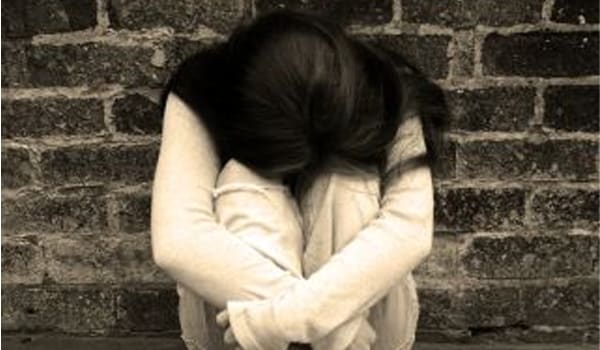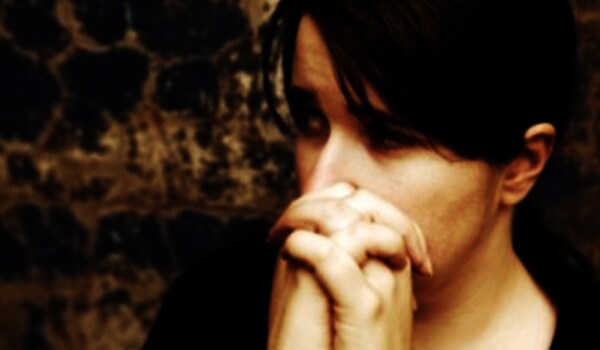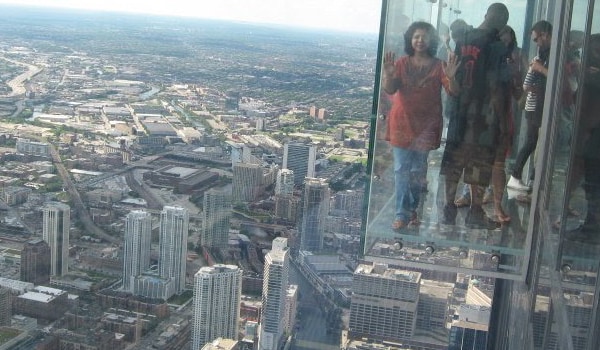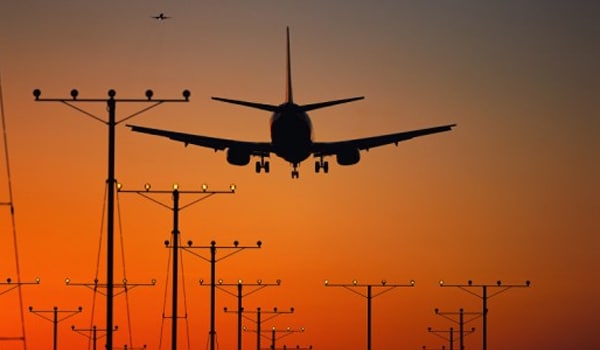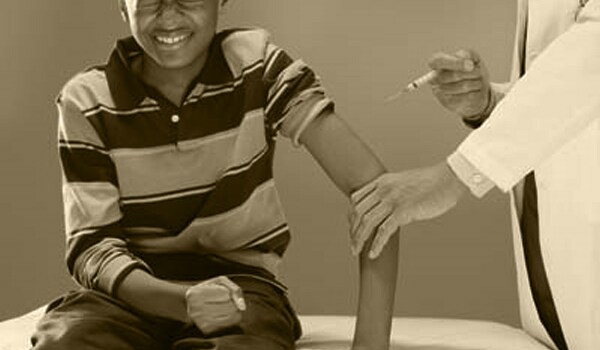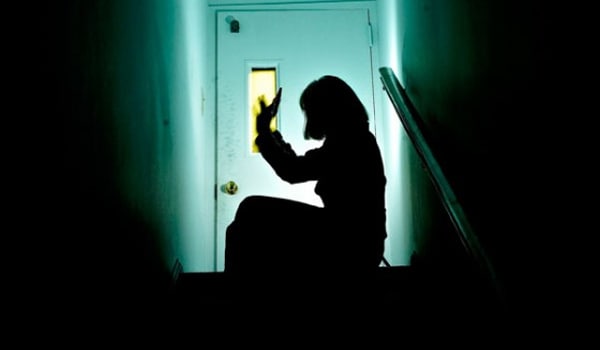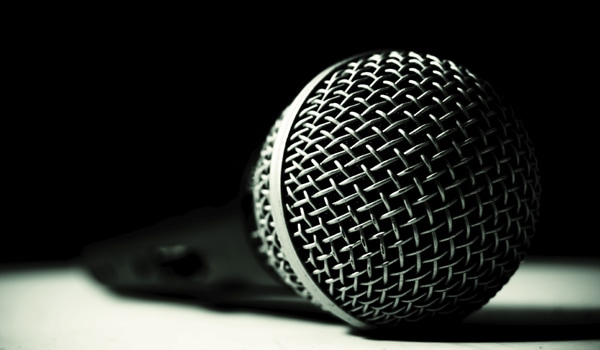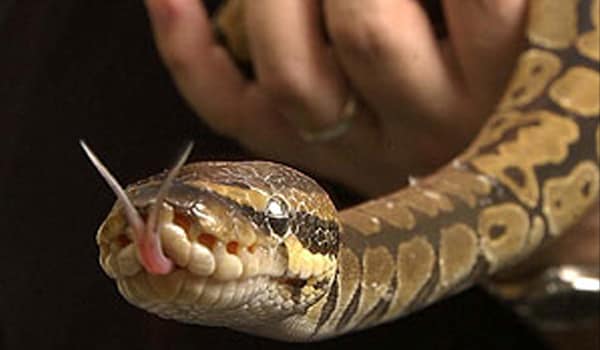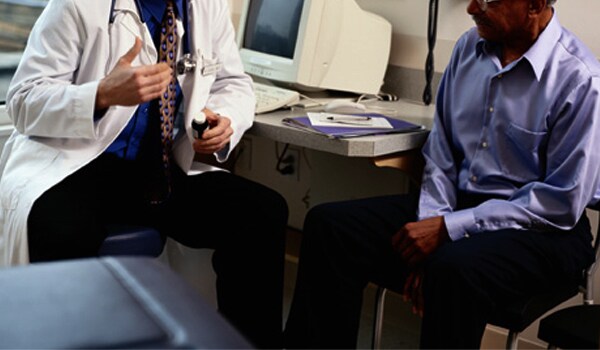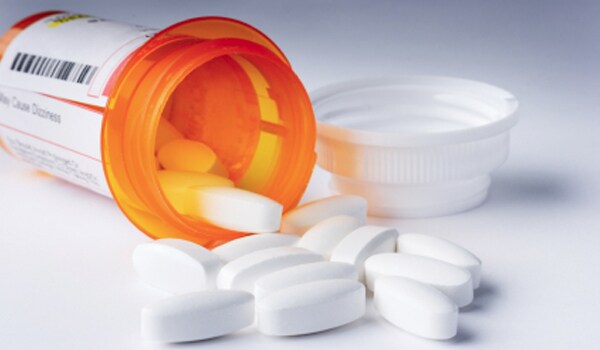Phobia: Nature, types, symptoms
A phobia is an irrational, intense and persistent fear of certain situations, activities, things, animals, or people. A phobia is defined as the unrelenting fear of a situation, activity, or thing that causes one to want to avoid it.
-
Some of the most common kinds of phobias include fears of public speaking or other social situations social phobia, agoraphobia, closed-in spaces phobia or claustrophobia, dark phobia, flying or aerophobia, blood, animals or zoophobia, injection needles or aichmophobia and heights or acrophobia.
-
Acrophobia is an extreme or irrational fear of heights. Acrophobia can be dangerous, as sufferers can experience a panic attack when at a high altitude place and become too agitated to get themselves down safely. Because of this phobia, some people can't look down from the top floors of building and can't even take certain rides.
-
People who fear being on an airplane, or other flying vehicle, such as a helicopter, suffer from aerophobia, aviatophobia or aviophobia. The most extreme manifestations include panic attacks or vomiting at the mere sight or mention of an aircraft or air travel.
-
Social phobia refers to the fear involving other people or social situations such as performance anxiety or fears of embarrassment by judgment of others, such as eating out at public places, communicating with people, giving presentation in front of others etc. Overcoming social phobia is often very difficult without the help of therapy or support groups.
-
Claustrophobia is the fear of having no escape and being closed in. Claustrophobia is typically thought to have two key symptoms: fear of restriction and fear of suffocation. Many people report suffering from claustrophobia. Most people fear using lifts because of this phobia.
-
Yes, but the treatment depends on how the disorder interferes with the routine life. Phobia can be treated using various therapies. These include behaviour therapy, relaxation therapy, cognitive therapy, visual imagery techniques and medications (antidepressants and anti-anxiety drugs) to prevent panic attacks.


